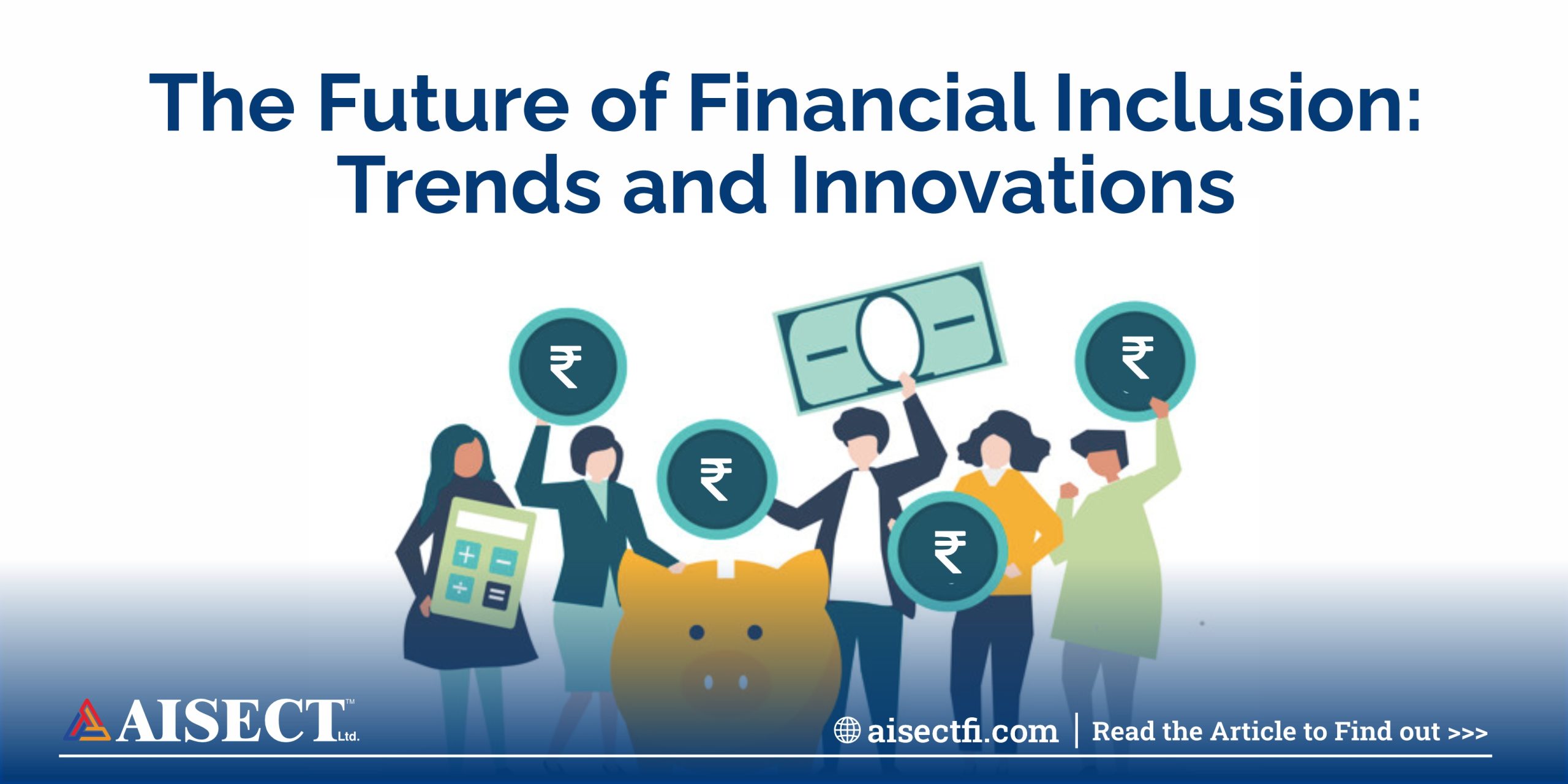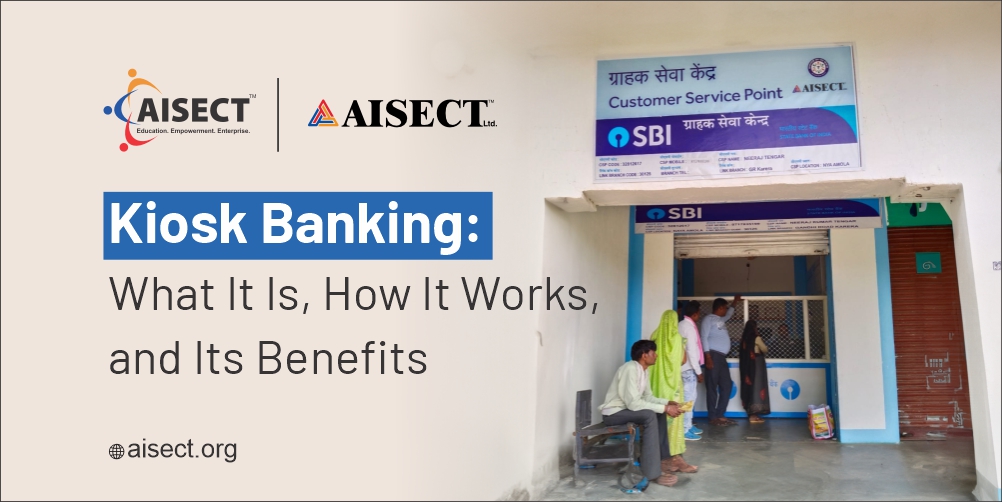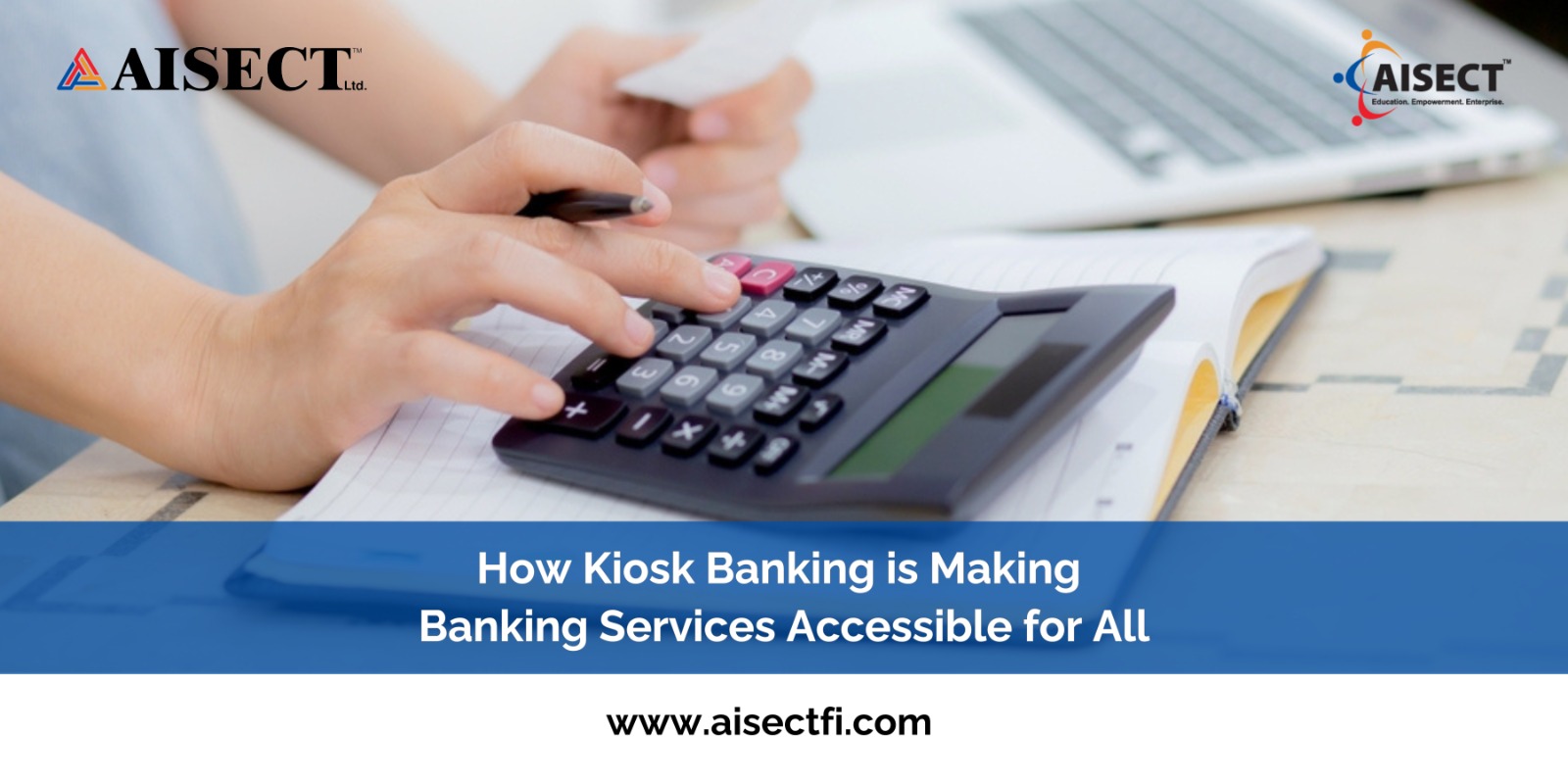Introduction
Do you know, as per a World Bank report India’s financial inclusion rate rose from 25% in 2008 to over 80% among adults in the past 6 years?
Financial inclusion generally refers to the efforts to make financial services and products affordable and accessible to all businesses and individuals, regardless of their company size or personal net worth. Financial inclusion strives to remove the challenges that exclude people from participating in the financial sector and the use of these services to improve their lives. It can also be called inclusive finance.
There are very general and broad reasons why financial inclusion is important. Some of the key reasons included:
- Financial inclusion is responsible for reducing poverty. It provides opportunities for low-income and marginalized individuals to access formal financial services such as credit, insurance and savings. But empowering them with the tools for the management of their finances and investing in income-generating activities.
- It promotes economic growth. One of the general arguments is that when people have access to fiscal services, they can participate actively in the economy. An increment in financial inclusion leads to higher levels of investment, savings and entrepreneurship which fosters economic growth and stability in both national economies and local communities.
- It is responsible for the promotion of small businesses. Small businesses often face barriers in accessing credit from banking sources that are traditional in nature. Financial inclusion through lending models that are innovative and online platforms can provide much-needed funding for entrepreneurs to grow their businesses.
Financial Inclusion’s Evolution
According to statistics, India’s financial inclusion index has improved to 56.4% from 53.9 in the previous year 2021.
While the industry of banking plays an important role in the development and growth of an economy, FI in India has been driven at a compounding rate with technology inclusion. In 2018, the WB reviewed the economic policies of countries all over the world for the extraction of financial inclusion’s reality. The report suggested that countries worldwide that have achieved financial inclusion have policies delivered at scale. It mentioned India’s JDY biometric and Adhar linking where more than 1.2 billion residents were covered.
In Indian history, since the BJP government came into power, there have been several ups and downs in both the digital and financial ecosystem. With the historic demonetization in 2016, an opportunity for a wide variety of financial services such as mobile, internet and online banking opened up. With the previous launch of Jio in India back in 2016, the subsequent years saw a higher rate of acceptance of financial technology, even in rural India. Since 2014, India has brought over 300 million people into the formal financial sector.
Current Trends in Financial Inclusion
It is estimated that 1.7 billion adults do not have access to financial services and 1.4 billion adults remain unbanked and lack a bank account.
One of the most important trends in financial inclusion is the rise of digital banking. With an increment in the penetration of smartphones and internet access, digital banking is now becoming the preferred mode of banking for many Indian consumers.
Another important trend is the rise of fintech startups, which are responsible for leveraging technology for the provision of innovative financial solutions to marginalised sections of the population.
Moreover, the push of government towards financial inclusion is also driving the growth of MFIs which provide small loans to micro enterprises and low-income households.
Innovations Driving Financial Inclusion
Do you know, there will be approximately 594 million entrepreneurs in the world in 2023 which is around 7.4% of the total population?
The fintech adoption rate of India stands at a staggering height of 87% which surpasses the global average while showcasing the transformative influence of technology in India’s financial landscape. Utilising digital payment systems, and mobile banking among other fintech innovations have become easily accessible and affordable reducing transaction costs.
The UADAI public digital infrastructure has made the digital transition easier and has helped fill the gap to access most online banking services by KYC (Know Your Customer) and revolutionizing identity verification.
In addition to that, initiatives like PMJDY and India Stack have boosted FI and Fintech adoption in India opening doors to Fintech startups for the creation of new tech products while constructing a robust infrastructure to support both private and public digital ventures.
The Role of Big Data in Financial Inclusion
Do you know, that India boasts approximately 104 million entrepreneurs which is around 11.5% of the adult population?
Big data can enable financial service providers to reach clientele segments that were previously excluded, especially for insurance and credit. Access to alternative information such as mobile phone bills or utility bills can facilitate the creation of credit scores for thin-file” clients.
Data analytics can assist financial service providers manage risk, improve operations and the reduction of costs. Data on behaviour can improve the management of risks by enabling providers to better predict the willingness of the borrower to repay. Data can also assist financial service providers in better-detecting fraud.
Big data also has the potential to transform the way fiscal services are marketed and designed. Data mining can effectively unlock insights about what kind of fiscal services might be useful for different clients.
Conclusion
Do you know, it is estimated that there are approximately 252 million female entrepreneurs globally?
In conclusion, the remarkable journey of India towards fiscal inclusion, reflected in the report of WB signifies a shift from a 25% inclusion rate in 2008 to an impressive 80% among adults in recent years. The evolution of financial inclusion in India propelled by technological advancements and government initiatives has driven millions into the formal fiscal sector. Current trends focus on the rise of digital banking, fintech startups and MFIs. Innovations, particularly in fintech portray the transformative influence of technology, with the strategic use of big data holding massive potential in the expansion of fiscal services while fostering inclusive economic growth.



